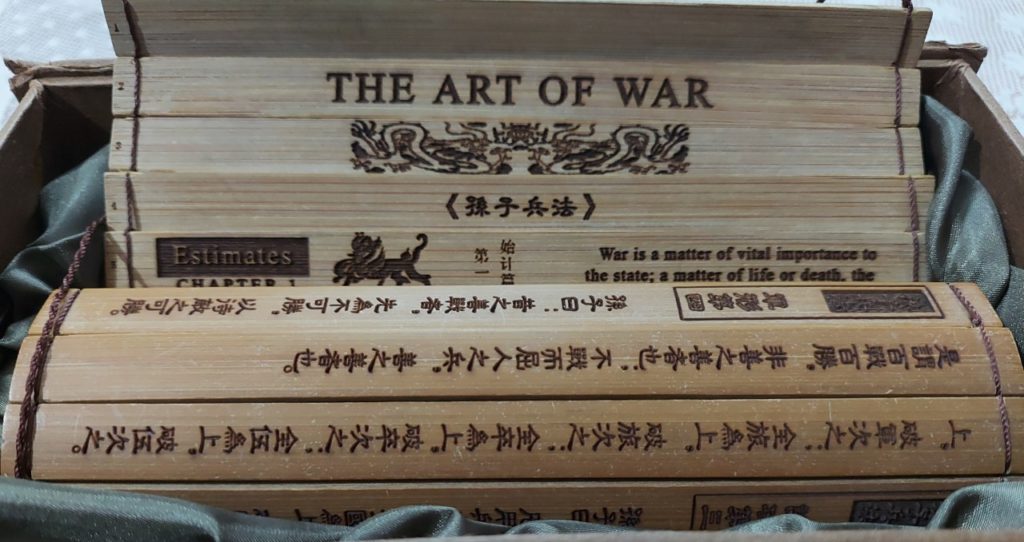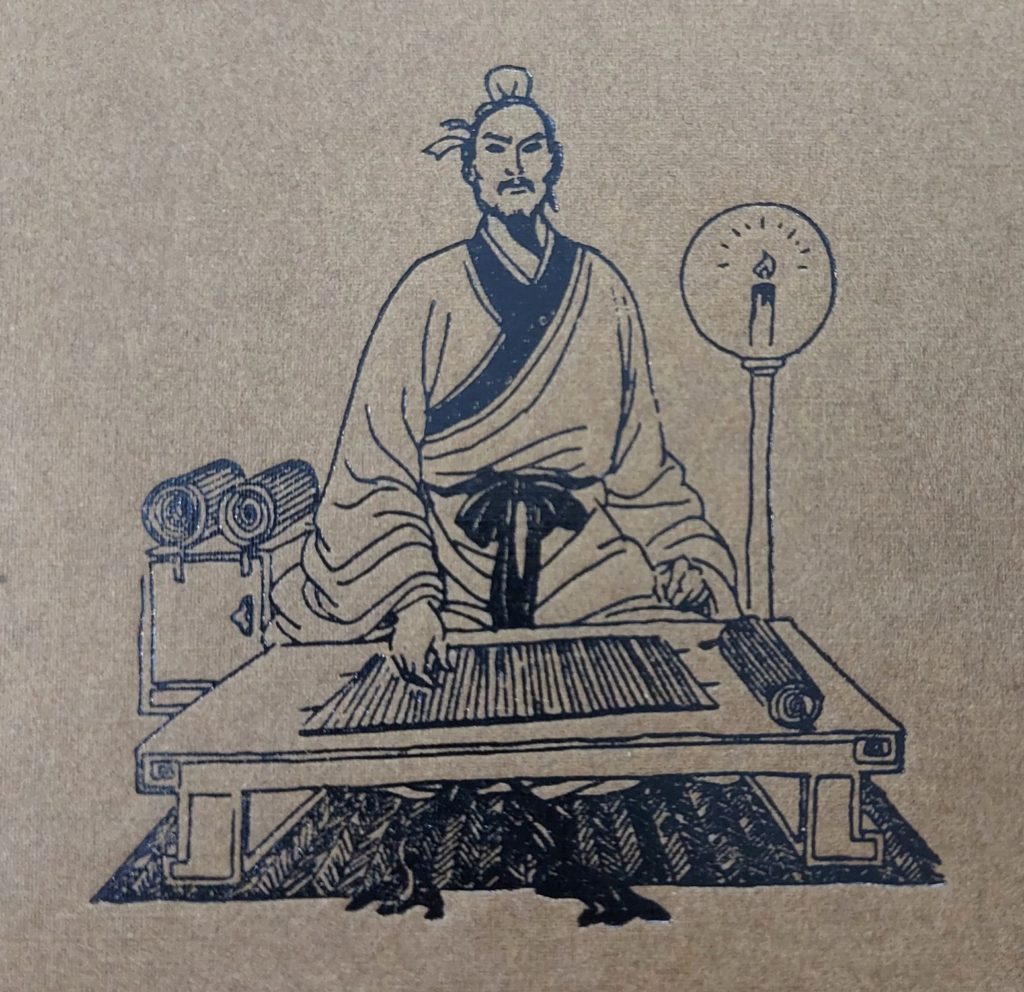Strategies and tactics in business are often inspired by military strategies, even though words are not taken literally, but it’s considered as inspiration and generate relevant thoughts that is applicable to the scenario.
Below are my thoughts on the relevance of some of the chapters from “The Art of War” on the strategies and tactics for Products. The book is applicable to Product strategies as much as in the battle where the competition is rampant.
1. Estimation / Laying Plans :
Products fails because of no clarity on the market, customer’s problem, competitors, own capabilities.
Sun Tzu says that the leader should have the grasp of 5 important factors:
- The Moral of the team: How strongly the team believes and accepts the vision.
- Weather or External forces: Competitions, regulations, Industry and Global trends
- Terrain: Understanding of the market, customer expectations
- Leadership: Who are leading the team. As the quote from Alexander III, “I am not afraid of an army of lions led by a sheep, I am afraid of an army of sheep led by a lion”. Understanding who is leading the opponent’s team is as important as understanding the leadership of the own.
- The principle that guides, the methods, process and discipline that are followed by the organization. The doctrines becomes key factors helping to make decision to achieve the common goals.
A leader who wins makes exhaustive planning before the execution, the one who loses makes poor planning.
So what could be the result for the one with no plan!!
2. Waging War :
Limitation of resource and funds is basically a common factor for any strategy irrespective of war or a business. To succeed, you must have adequate resources and funds.
Look for quick wins which becomes interim success and stepping stone to achieve the final vision. The quick wins are necessary to boost the spirit of the team to move forward. But this depends on the prioritization of to have the quick wins but without losing the focus on the final vision.
Quick wins should be Easy and Fast to implement, economical and reversible. Effort-Impact matrix would help to prioritize to have this quick wins.
3. Attack by Stratagem :
“To capture the opponent’s state is best policy and better than to ruin it” – Sun Tzu.
The acquisitions in the corporate world is a good metaphor for the statement or the other way around. But acquisitions doesn’t always promise a win. Vodafone was forced to write off billions of dollars in the following years, after their $180.9Billion acquisition of German telecom giant Mannesmann AG. At the other end, Walt Disney Co’s $7.4Billion acquisition of Pixar has seen tremendous success by providing Walt Disney an access to the advanced animation technology of Pixar.
4. Tactical Disposition :
The statement – “In war the victorious strategist only seeks battle after the victory has been won, whereas he who is destined to defeat first fights and afterwards looks for victory”. I was able to correlate this statement by Sun Tzu to the evaluating the product before venturing out in the execution of the product idea. VRIO model could be used to evaluate your positioning in the market.
Valuable – How valuable is the product to the customers? Identify the competitive disadvantage.
Rare – How common is a product in the market? Identify competitive parity.
Inimitable – How difficult is it to copy the product? Identify temporary competitive advantage.
Organized – How well company organized to realize the product which is valuable, rare and inimitable? Identify unused competitive advantage.
Evaluating and positioning the product provides opportunity to build flawless path to the success in the market.
“Skillful warriors first made themselves invincible and then awaited the enemy’s moment of vulnerability. Invincibility depends on oneself, but the enemy’s vulnerability on himself. It follows that those skilled can make themselves invincible but cannot cause an opponent to be certainly vulnerable. So, it can be said that, one may know how to win, but cannot necessarily do so” – Sun Tzu.
5. Posture of Army :
It’s the importance of the organization and team. “The management of a large force is the same as to direct smaller team. It is merely matter of organization by dividing up their numbers”. Tactically organize the available team that they become extreme energy to defeat the odds and achieve the expectation.
6. Void and actuality :
“He who occupies the field of battle first and awaits his opponent is at the ease, and the who comes later to the scene and rushes into the fight is weary. So, those skilled in war bring the opponent to the field of battle and not brought there by him”.
First-Movers-advantage: The advantage gained by the company that first introduces the product to the market. It enables the company to establish strong brand recognition and product loyalty before other entrants to the market.
The company has the ground to increase the entry barrier so that new entrants find it difficult to play on the same ground.
7. Maneuvering :
“Having collected an army and concentrated his forces, he must blend and harmonize the different elements thereof. After that, comes tactical maneuvering, than which there is nothing more difficult”
The statement by Sun Tzu perfectly fits in case of Product development as well, where the limited available team are not maneuvered directly, but utilized as per the road map and circumstances.
8. Variation in Tactics :
Strategy defines how one achieves the long term goals, whereas tactics are the short term plans on the way of achieving what is set out by the strategy. Sun Tzu suggests certain variations in the tactics depending on the circumstances.
“When in difficult country, do not encamp. In country where high roads intersect, join the hands with your allies. Do not linger in dangerously isolated positions. In hemmed-in situations, you must resort to stratagem. In desperate position, you must fight”.
Tactics are used based on the situation and circumstances to finally achieve the product strategy. The one with a good product strategy is useless, if the product leader is unaware about the usage of his knowledge to overcome the odd situations and finally lead to the product success.
9. On the March :
When you are ready to face the market and competition, ensure the timing and trends to launch it in the market place. Understanding customer buying behavior. Experiment and test the product with targeted customers and just not the early adoptors before proceeding the launch in order avoid face-off and failure, in terms of falling in to the Chasm between early adoptors and early majority in the market.
As Sun Tzu says ” We come now to the questions of encamping the army and observing the signs of the enemy. Pass quickly over the mountains and keep in the neighborhood of valleys”.
Conclusion:
The principles and thoughts from military strategy is an inspiration to build a product strategy to win over the competition.
Making a right choice when there are constraints, expectation to win a highly competitive market place needs a relevant and well calculated strategy with a guiding principles and values of the organization.
Finally, a well developed strategy can help a company to come up with ideas to win without fighting.









